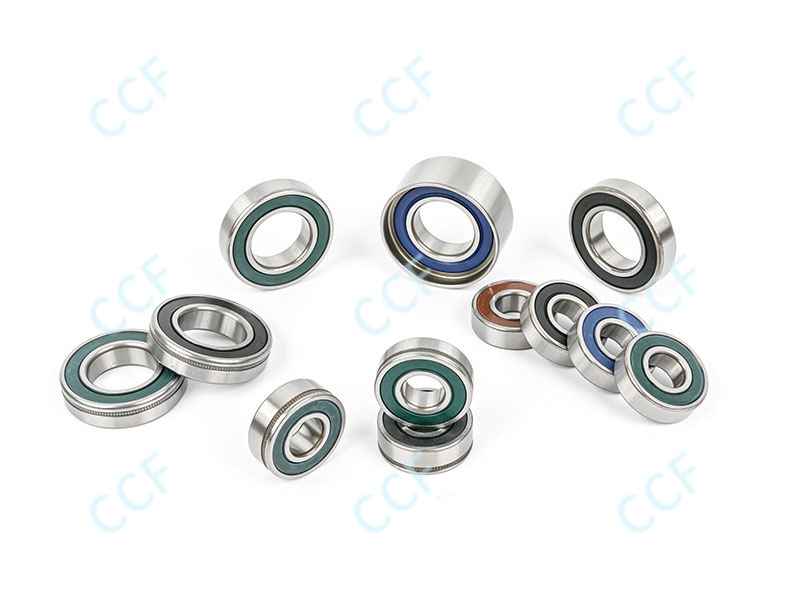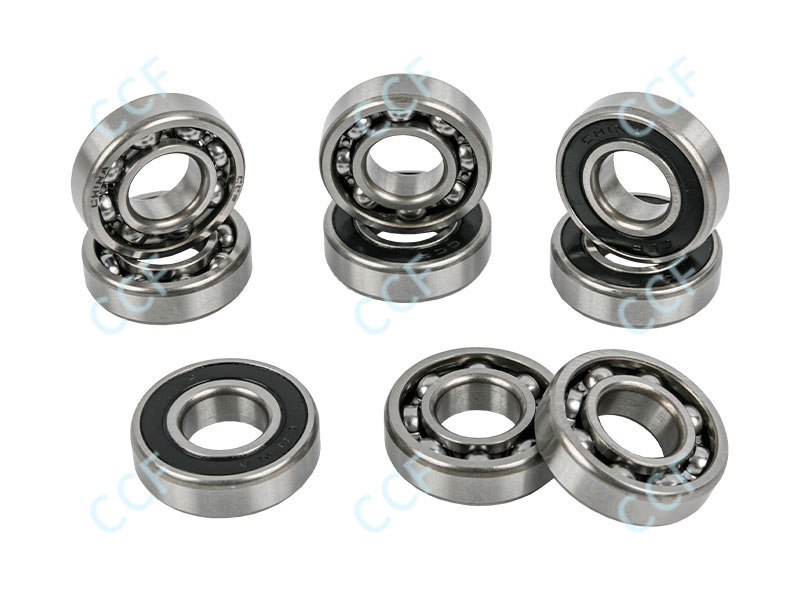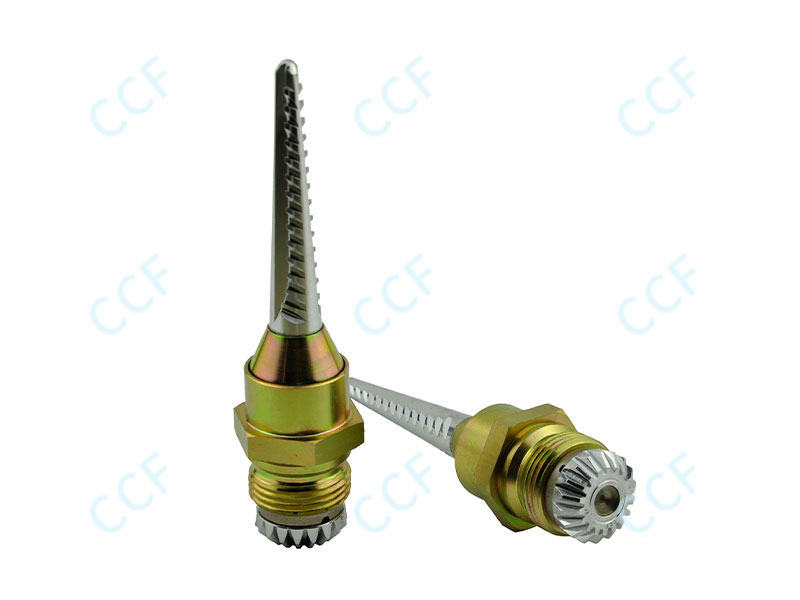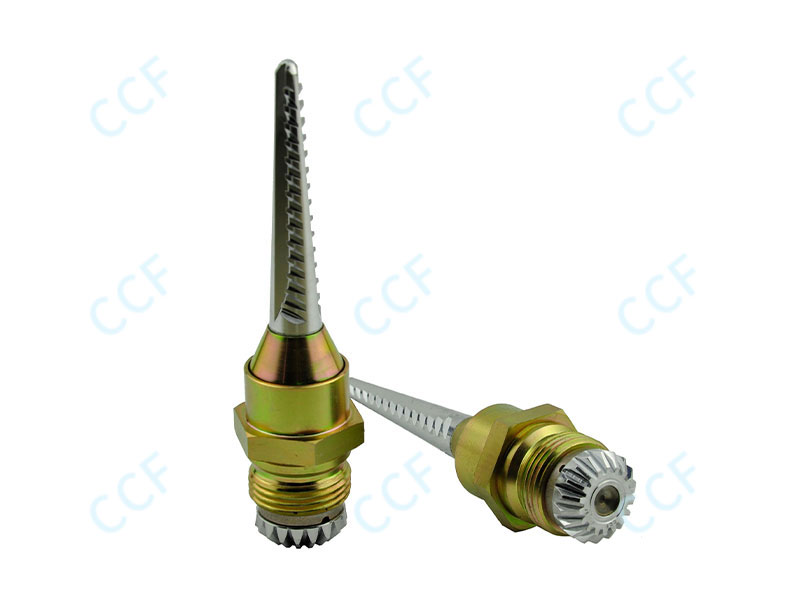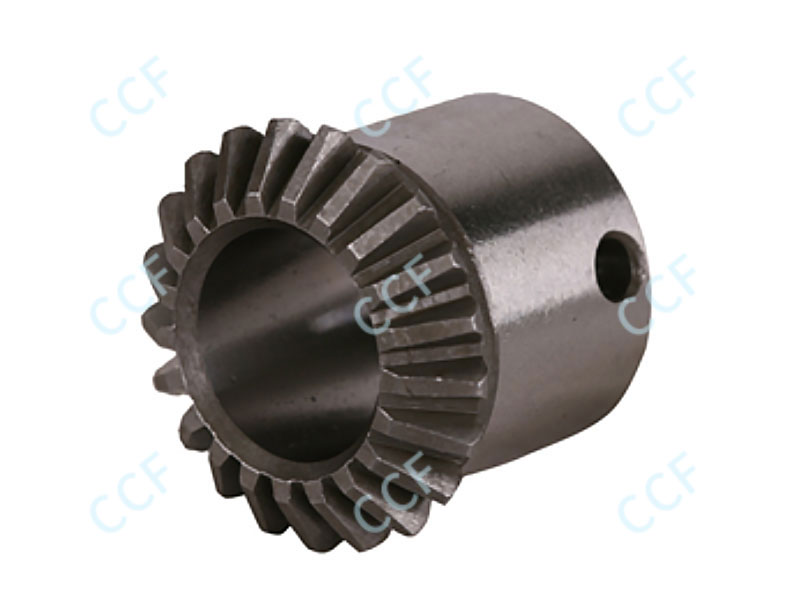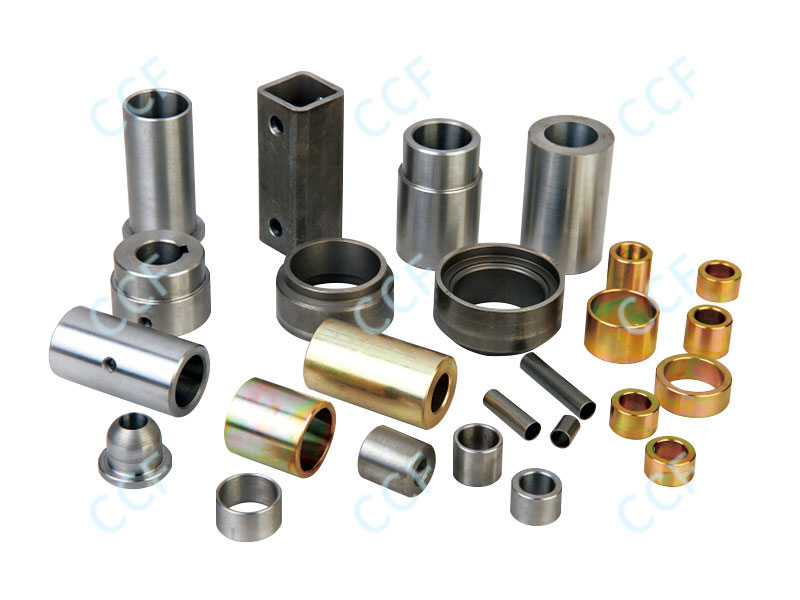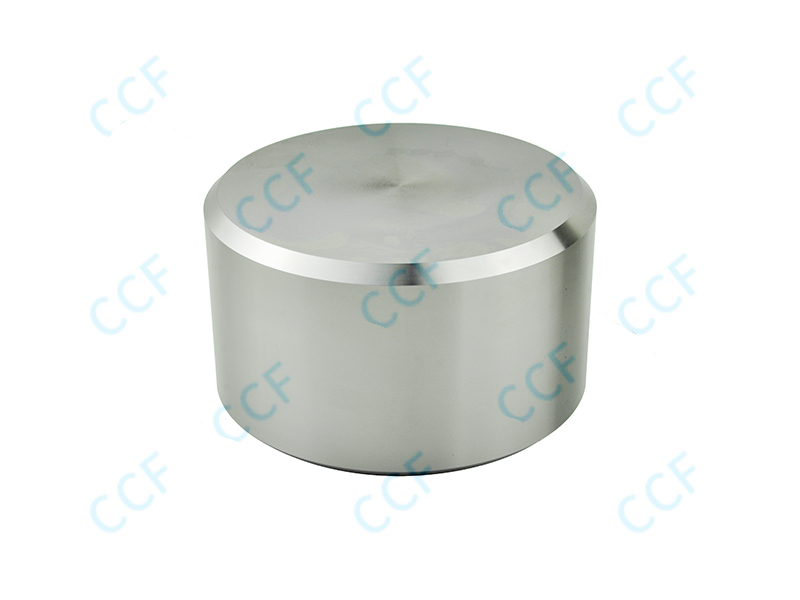Understanding the Function and Working Principle of Automobile Bearings
Automotive bearings are crucial components connecting the wheels to the vehicle body, typically installed in the wheel hub. Their primary function is to support the vehicle's weight and reduce rotational friction. Internally, bearings consist of balls or rollers, a cage, and grease, all precisely aligned to ensure smooth operation. Bearings withstand multi-directional forces during driving, including vehicle weight, road impact, and braking. Therefore, they can wear or damage over time. Understanding their working principles can help you more accurately identify the location and type of fault when an abnormality occurs.
How to Identify Unusual Noises While Driving
One common symptom of automobile bearing wear is unusual noise. If you hear a humming, rumbling, or metallic grinding sound coming from the wheel while the vehicle is driving, and it changes with speed, it may be related to the bearing's condition. Typically, when turning or driving at high speeds, the clearance between the rolling elements and the raceway inside the bearing increases, producing a continuous and uniform noise. If the noise varies at different speeds and turning directions, you can further identify the bearing in question.
Wheel Shake Inspection
Wheel shake inspection is an intuitive method for identifying problems. After the vehicle is parked, place your hands at the 12 and 6 o'clock positions on the tire and push and pull firmly. If you feel noticeable wiggle or looseness in the wheel, it could be due to increased clearance caused by bearing wear. This method requires the vehicle to be in a safe position and is best performed on a lift or jack for accurate evaluation.

Wheel Hub Temperature Testing
After extended driving, you can check the temperature by touching the wheel hub housing. If the bearing temperature at one wheel is significantly higher than at others, this could be due to poor lubrication, severe wear, or increased rolling resistance. This method should be performed carefully after the vehicle has been parked and cooled for a period of time to avoid burns from high temperatures.
Analyzing Driving Experience Changes
Bearing damage not only causes noise but can also affect the vehicle's driving experience. Excessive bearing clearance may result in slight steering wheel tremor, swerving, or instability during braking. While these symptoms could also be caused by suspension or tire problems, if other factors are ruled out, the bearing condition should be considered.
Use a stethoscope to assist in diagnosis.
During professional inspections, a mechanical stethoscope or electronic noise detector can be used to locate the source of abnormal noise. By placing the probe near the wheel hub, the internal operating sound of the bearing can be more clearly heard, helping to identify a bearing failure. This method reduces ambient noise interference and improves the accuracy of the diagnosis.
Road Test Comparison
Test the vehicle in a straight line, at high and low speeds, and while turning. Carefully listen and feel changes in the vehicle's noise and stability. Generally, when turning, the noise is more noticeable if the bearing is worn on the side that bears greater lateral force. By comparing the left and right turns, you can initially determine whether the problem is on the left or right bearing.
Check the Grease
The grease inside the bearing gradually depletes or becomes contaminated during use. Inadequate lubrication or grease deterioration accelerates the wear of the rolling element. During maintenance, if the bearing grease shows signs of coking, metal shavings, or a noticeable darkening in color, it indicates that internal wear has begun and should be replaced or serviced promptly.
Combined with instrument test data
Some professional repair facilities can use wheel balancers or vibration analyzers to test bearings. These devices can analyze bearing abnormalities based on vibration frequency, amplitude, and noise data. Combining these data with actual testing allows for a more scientific assessment of the extent of wear.
Common Signs of Automotive Bearing Wear and Identification Methods
For ease of comparison, the following table summarizes common signs of bearing wear and their corresponding identification methods.
| Symptom Description | Possible Cause | Inspection Method | Suggested Solution |
|---|---|---|---|
| Abnormal noise during driving | Bearing wear or lack of lubrication | Listen near the wheel area for humming, clicking, or grinding sounds | Replace the bearing or add lubrication |
| Vibration in the steering wheel or body | Bearing wear or looseness | Drive at medium speed and feel for steering wheel vibration | Replace the bearing and check the fastening |
| Uneven tire wear | Bearing clearance issues causing wheel runout | Inspect tire surface for abnormal wear patterns | Replace the bearing and adjust the clearance |
| Wheel temperature rise | Bearing overheating due to friction | Touch the wheel hub after driving to feel temperature | Replace the bearing and check lubrication |
| ABS warning light on | Bearing sensor ring damage or signal loss | Use a diagnostic tool to check the ABS system | Replace the bearing or sensor |
The Importance of Prompt Treatment
If bearing wear or damage is not promptly addressed, it will not only increase driving noise but also compromise driving safety. In severe cases, the bearing may seize or break, causing the wheel to lock or fall off, posing a significant risk. Therefore, early detection of an abnormality should prompt repair or replacement.
Maintenance and Prevention Tips
To extend the life of automotive bearings, regularly inspect the wheel hub, maintain proper lubrication, and avoid prolonged overloading or high-speed driving under adverse road conditions. Maintaining proper tire balance and suspension system condition can also reduce the load on the bearings and minimize wear.
